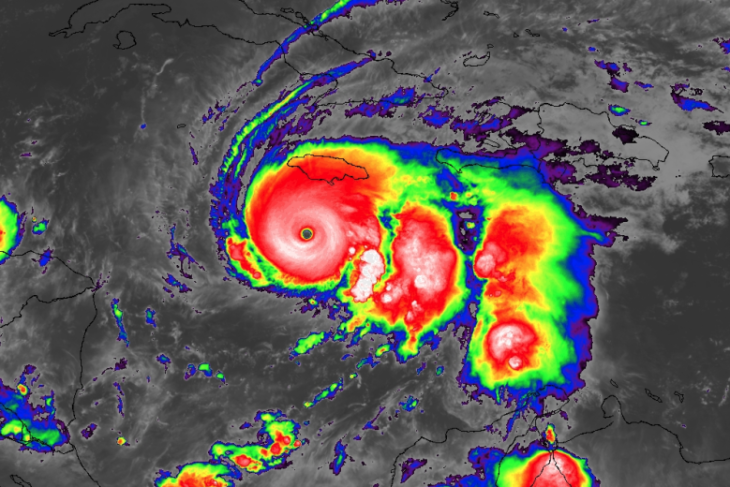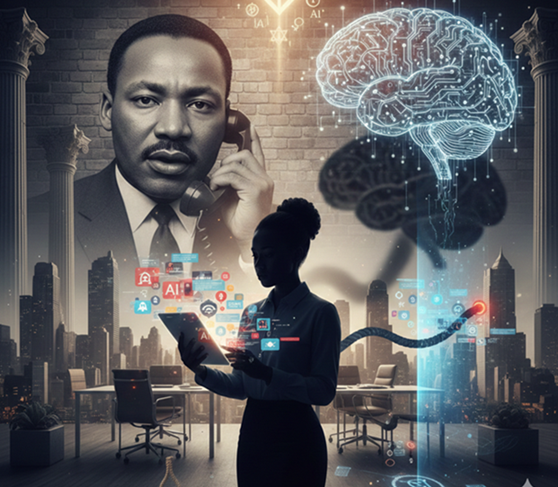
Current reading practices operate on the belief that the eyes play a pivotal role in picking up information that is essential for reading. So central is this belief that whole programmes are built around the notion that sounds and symbols are the fundamental elements of reading.
However, this belief also poses some very interesting questions. If knowing our sounds and letters are essential to successful reading, what happens with people who are not given phonics and phonemic awareness, but who learn to read proficiently anyway? What happens to a person who is blind or who is deaf and learns to read? Obviously there is more going on than just what happens with the eyes, but still the question of what role the eyes do play in reading is an important one and has received attention since the early 1900s.
In the beginning of the investigation of the role of the eyes we can look at the work of Edmund Burke Huey (1900s) and Guy T. Buswell (1920s) as they examined the movement of the eyes during the processing of written text. At that that time the technology for measuring eye movement restrained the reader to a great extent. In Huey’s work a plaster of paris cup with a hole in the centre was placed over the cornea of the eye somewhat like our modern-day contact lens. Attached to this was an aluminum pointer that responded to the movement of the eyes (Huey The psychology and pedagogy of reading 1908). Buswell’s method was less intrusive. A system with a photographic beam of light was used to record the movement of the cornea during reading to show where the eye was fixating (Buswell Fundamental reading habits: A study of their development 1922). The head had to be held still in order for these basic technologies to work, and this created an artificial sense of reading. Also, text was limited to a few words. The reader read bits and pieces of text rather than whole meaningful stories.
In the 1970s, with the arrival of the computer, researchers like Keith Rayner (Bertera and Rayner, Reading without a fovea 1979) began to use a more sophisticated method of tracking the eye. Readers were placed in front of a screen. As the readers read, their eyes were tracked across the screen. The researchers noted the start and stop of the eyes and the jumps that were made across the page. The continued use of head restraints and limited text made it difficult to ascertain an exact conclusion about what happens during reading. However, it was more apparent than ever to researchers that the eyes focused not on every word or letter, but on chunks of text.
As computer technology developed in the 1990s it allowed researchers to provide readers with whole pages of text and illustrations on one screen. Also, the addition of a video camera with an infrared beam that can track the movement of the eyes meant that the reader’s head no longer had to be held in the locked grip of the earlier contraptions. These changes significantly altered the situation for the reader and allowed a more realistic experience of reading to occur (Paulson and Freeman Insight from the eyes: The science of effective reading instruction 2003).
What eye movement researchers have learned about readers
In the early eye movement studies it became clear that readers were not focusing on a word-by-word or letter-by-letter approach to reading. In fact, Bertera & Rayner (Reading without a fovea 1979) discovered that when text was masked so that only one letter or word was shown the eye tracking slowed down so much that the reading (decoding or comprehending) was virtually impossible. Instead they said the eyes stop and focus on a spot somewhere in the middle of text, often on a single word, and gather information from both sides of the fixation. The most important information is gathered directly around the fixation in the fovea, the spot (usually about 14 letters) where the reader’s eyes stop and focus to look for meaning. Information about structure is most likely gathered in the parafovea, which surrounds the fovea, and information about what to expect next comes from the peripheral vision that surrounds the parafovea. Readers stop and sample information before going on. All of this happens in a split second as our eyes jump across the page.
In the work of Paulson and Freeman (2003) the eye movements of a fourth grade reader are shown in text (See figure 1).
Figure 1. It is clear that the eyes jump across the page and not all letters or words are fixated as the reader processes text. ( Paulsen and Freeman, Insight From the Eyes: The Sciences of Effective Reading Instruction. Copyright 2003 Heinemann. Used by permission. p. 12)
Paulson and Freeman had similar findings when they looked at fourth grade bilingual students. Only about 56 % of the words on the page were actually fixated. They conclude, “These studies suggest that, regardless of age or language, reading doesn’t seem to depend on looking at every single word.”
One study by Peter Duckett (New insights: Eye fixations and the reading process 2003) with six year olds shows that even young readers do not focus on every letter or word. Instead he found that the eyes actually jump all over the page, stopping on words, illustrations and even open spaces. (See figure 2)
Figure 2. Readers do not look at (fixate) every word as they read. (Text and illustration from I Saw a Dinosaur copyright Rigby 2000. Used by permission. In Duckett 2002, p.16)
Duckett also noticed that the reader’s eyes jump across the page, stopping to sample words in a way that shows there is more in the vision field than individual letters or sounds.
Duckett found that the eyes sometimes move forward and sometimes move backwards as the reader picks up cues. (See figure 3)
Figure 3. Readers’ eyes do not always move serially from word to word, left to right. (Text and illustration from I Saw a Dinosaur copyright Rigby 2000. Used by permission. In Duckett 2002,p.18)
He concluded that this is a process by which young readers search for meaning as they process the text in front of them. “Major findings include that beginning readers are aware that reading is a complex process of making meaning from print and pictures; they exhibit many of the same reading strategies as older, more experienced readers; and they sample pictures in ways that are purposeful and know where to look for useful information.” Duckett’s six readers had fixations that ranged from 65% to 91% of the actual text.
Also Eric Paulson and Ann E. Freeman (2003) used a text that contained errors and found that readers could look directly at the errors and not see them. (See figure 4)
Figure 4. Readers could look directly at errors in text and not see them. (Paulson and Freeman, Insight From the Eyes: The Science of Effective Reading Instruction. Copyright 2003 Heinemann. p 19)
Note: The misprints in the original text were ‘boot” for “boat”; “though” for “through”; “a part” for “apart” and “should of” instead of “should have.”
Paulsen and Freeman reported that after the reading the reader wrote The boat in the basement A woman was building a boat in the basement. When she was through, she realized that it wouldn’t fit through the door. The woman had to take it apart to fit it through the door. She should have planned better.”
They concluded that, “Reader knowledge and print experience play an extremely important role in reading, which highlights the importance of context and prediction as elements of the reading process. We saw that even while searching for errors in a paragraph, readers can look directly at an error and not see it. We also pointed out that the eyes deliver incomplete information to the brain. Understanding this provides an important step in realizing that reading is a meaning-making act, a dialogue between author and reader.”
Today’s reading instruction has not moved as much towards an understanding of eye movements as it might have, had researchers not argued about the appropriateness of changing basic reading texts, often based on pressure from publishers and some researchers who had a financial stake in reading instruction.
In the 1980s Jamaica had an opportunity to adapt to a meaning-centred approach with the adoption of the Doctor Bird Readers for grades 4-6 that were written to make texts culturally relevent. Inadvertently this adventure in reading also allowed readers the freedom to focus on meaning, not individual words or letters, and thus provide the freedom of eye movements in young readers. Today’s reading theorists and practitioners are stuck in a place between meaning and word-based reading. Eye movements have not been understood by a great many educators so the movement towards meaning-based reading in the early grades is still a work in progress.
References
Bertera, J.H. & Rayner, K. (1979). Reading without a fovea. Science. 206, 468-469.
Buswell, G.T. (1922) Fundamental reading habits: A study of their development.
Chicago: University of Chicago.
Duckett, P. (2002) New insights: Eye fixations and the reading process. Talking Points. 13 (2), 22-28.
Duckett, P. (2003) Envisioning story: The eye movements of beginning readers. Literacy Teaching and Learning. 7 (1&2) 47-49.
Huey, E. (1908). The psychology and pedagogy of reading. Cambridge, MA:
Massachusetts Institute of Technology Press.
Paulson, E.J. & Freeman A.E. (2003) Insight from the eyes: The science of effective reading instruction. Portsmouth, NH: Heinemann.



